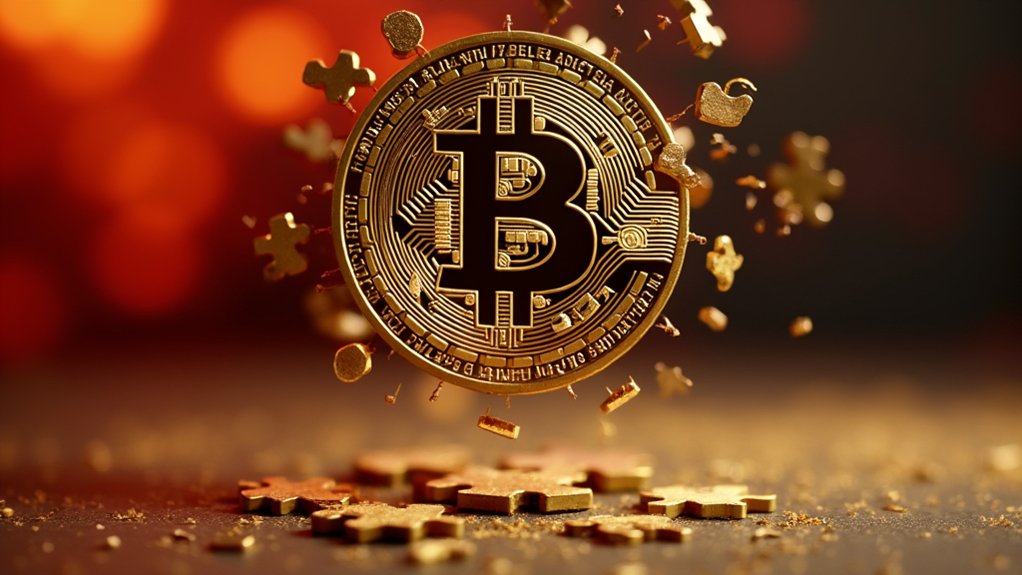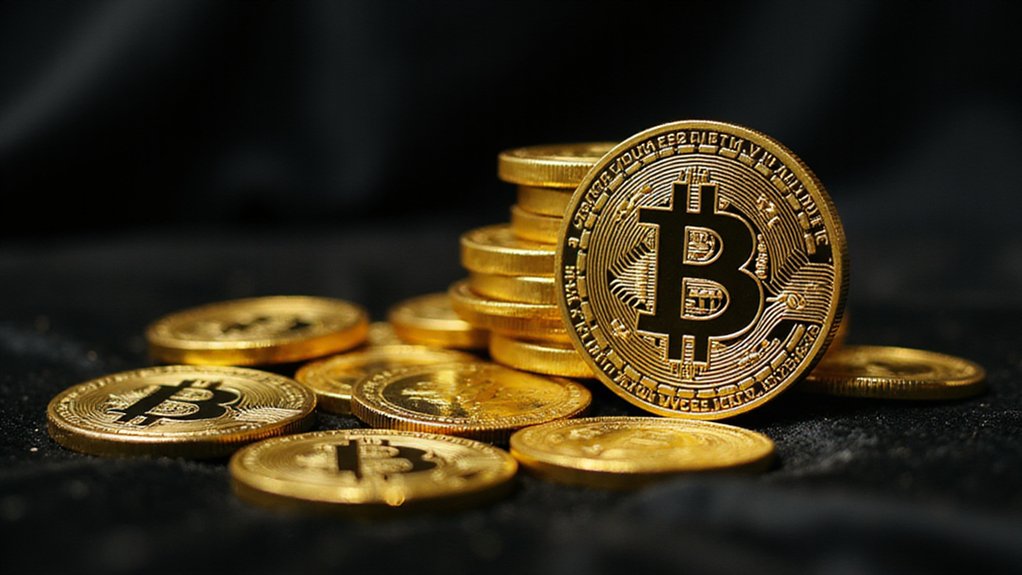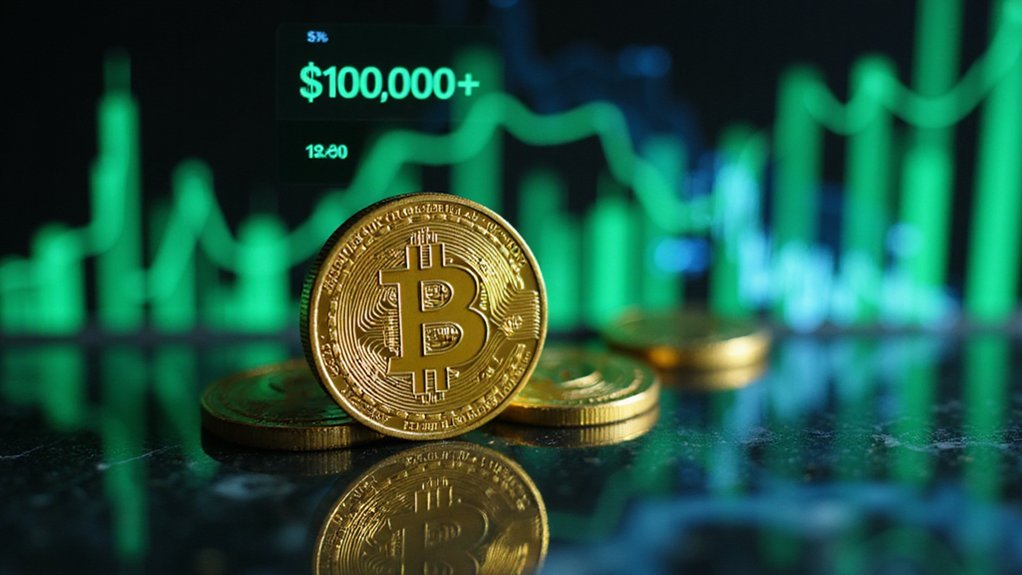Why would anyone dare tamper with Bitcoin’s most sacred commandment—its immutable 21 million coin limit? The answer reveals both the technical possibilities and catastrophic consequences lurking beneath cryptocurrency’s most fundamental premise.
Bitcoin’s hard cap, meticulously coded by Satoshi Nakamoto, represents more than arbitrary programming—it embodies digital scarcity itself. This ceiling, enforced through halving events every four years and validated by network nodes, guarantees the final bitcoin won’t emerge until approximately 2140.
Yet despite its apparent permanence, the cap remains technically alterable through hard forks, though such changes would require overwhelming network consensus (a feat roughly equivalent to herding cats with opposing political views).
The distinction between total supply, circulating supply, and maximum supply becomes essential here. While other cryptocurrencies like Ethereum operate without fixed limits, Bitcoin’s maximum supply equals its hard cap—a deliberate constraint that underpins its store-of-value narrative. This scarcity mechanism mirrors precious metals, creating deflationary pressure that attracts investors seeking finite assets in an inflationary world.
Bitcoin’s fixed 21 million cap creates artificial scarcity, distinguishing it from inflationary cryptocurrencies and traditional currencies through deliberate deflationary design.
Altering this sacred number would trigger immediate chaos across multiple dimensions. Increased supply would directly assault Bitcoin’s scarcity proposition, potentially triggering massive sell-offs as holders realize their “digital gold” suddenly resembles fool’s pyrite. Any modification would require major code modification to overcome the foundational programming that prevents the maximum supply from being exceeded.
The psychological impact alone could devastate market confidence, undermining decades of carefully cultivated monetary credibility. Even as institutional capital flows into cryptocurrency markets with increasing confidence, such fundamental changes would likely cause immediate capital flight. Network-level consequences prove equally dire. Hard forks attempting cap modifications risk creating competing Bitcoin versions, fracturing the ecosystem and dividing mining power—a scenario that could compromise overall security while confusing users maneuvering through multiple chains. Burning mechanisms like those used by other cryptocurrencies could theoretically reduce Bitcoin’s supply, but implementing such changes would face the same overwhelming consensus challenges.
Such fragmentation would violate Bitcoin’s consensus mechanism, challenging the shared assumptions that maintain network cohesion. The historical precedent speaks volumes: no successful attempt to modify Bitcoin’s cap has ever occurred, reinforcing its perceived immutability.
Miners’ incentives align perfectly with preservation, as scarcity directly supports the asset’s value proposition that justifies their operational investments. Ultimately, while technically feasible, cap alterations would likely shatter both scarcity and network stability simultaneously—transforming Bitcoin from digital gold into digital fool’s gold through a single, catastrophic protocol change that few rational participants would ever support.








